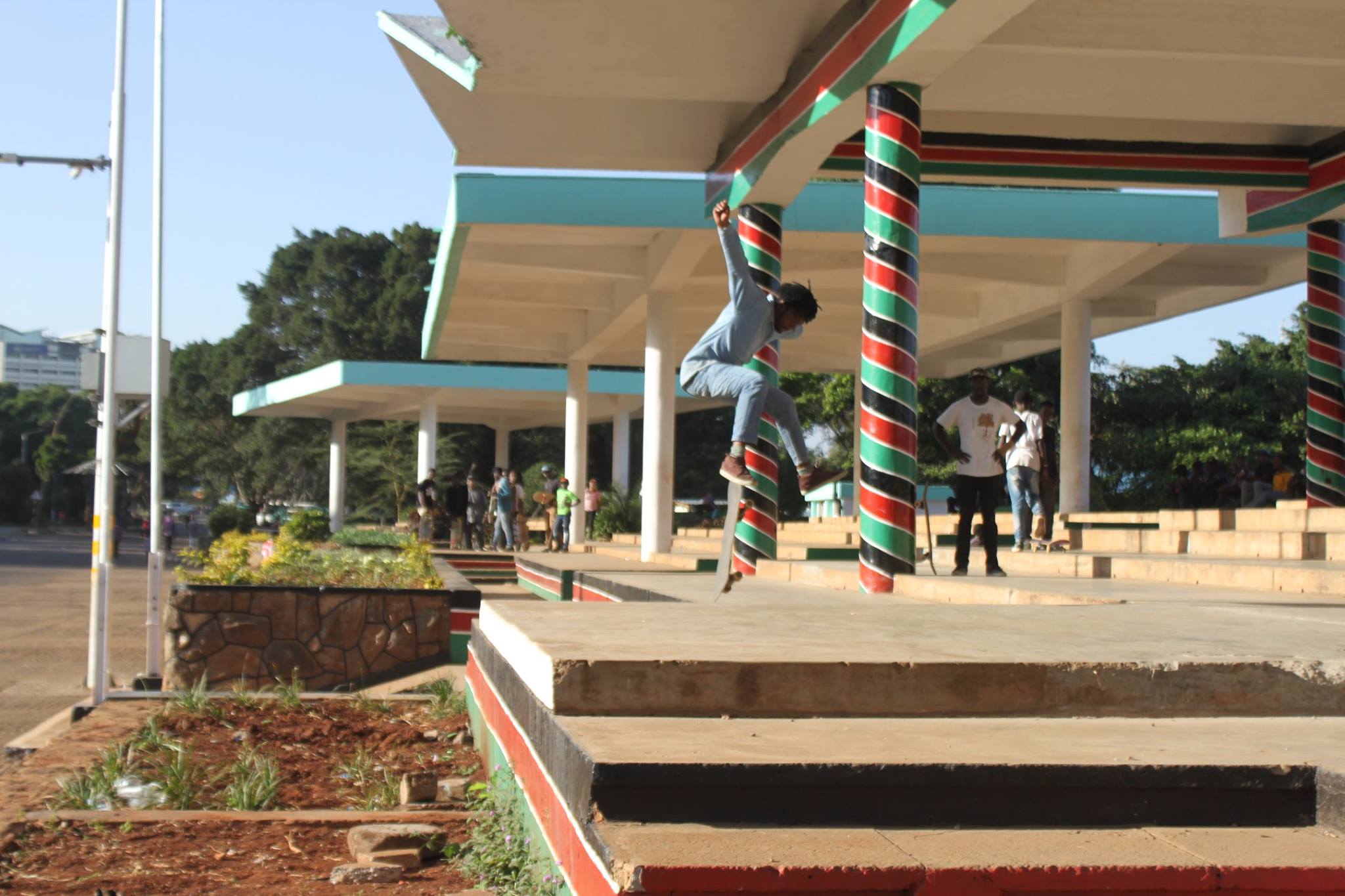Driving is a dangerous endeavor – in fact for most people who drive to work every day it’s probably the most dangerous aspect of their lives. In the immediate, operating a motor vehicle is deadly because of physics and metallurgy: steel boxes hitting each other at 45 MPH create several spheres of danger outside of pure impact. It’s also dangerous because – and if Immanuel Kant drove a Chevy he would have probably coined the term – of a mind-machine separation. Between ignition and parking most people become lesser animals: differentiating between car and driver becomes cognitively impossible, like an elephant considering a jeep and its riders one strange beast.
Like some sort of quotidian Japanese kid’s show/videogame, a car becomes a Zord/Xenogear/Voltron, a mirror of their owner’s personalities and quirks. Anxious people make for anxious drivers, agression begets agression, and – this is generally the most disheartening on the highway – short fuses make for quick road rage triggers. The mind merge that happens when we get into a car even affects how we interact with other people on the road: pedestrians, cyclists, and other vehicles.
This, of course, isn’t good for most people as a car will typically win a joust with any number of other machinery or human. The danger to a pedestrian is obvious and well-documented, if a car hits you at anything more than say, the speed of a 7-year old’s fastball, you’ll be lucky to survive. There is also a lumpy multiplier effect here. Traffic, urban and suburban, slows cars from lethal to bruising speeds but it also introduces several other obstacles that aren’t present in ideal driving situations such as obstruction and frustration (perhaps obfuscation?) which, in tandem, can create scenarios where fleshy thuds are just collateral damage.
But we’ve all seen Red Asphalt and understand the dangers of both sides of the car-pedestrian calculus. Bikes are slightly different. They are a machine in the most classic sense: a crank, a seat, and a handlebar. Their masters think they merit their own dedicated track of travel (though we are seeing a more pronounced schism between pro and anti-lane constituents in recent months) and are legally obligated to occupy the same plane as their overgrown and combustible cousins.
Cycles are also vulnerable people movers in that when hit by a car (as once happened to me) their bodies twist and mangle rather than dent, and their operators are more likely to suffer head trauma than a bad case of whiplash. Their administrative limbo is almost Kurdish – cyclists are not wanted by (most) pedestrians on the sidewalks or (most) drivers on the streets. It seems as though corridors of travel are distinctly bicameral and any attempt to add a category overloads the Platonic idea of a street.
Their purgatory is starting to fade bit-by-bit though and a few government officials are attempting to push future policies towards vehicles with a lower metal-to-human ratio. The forward-looking policy is not so much equating as it is separating. Many areas in New York and Portland have dedicated, bordered bike paths that fabricated a third way. Bikes and their advocates have successfully espoused what they considered frustratingly obvious: that they are not skinny cars nor swift people, but a bleeding hybrid.
So why the philosophical divide between man and machine? Cyclists are of course more separate from their vehicles than drivers are but it seems like many drivers who don’t sympathize with self-propulsion devices treat them as if they are particularly annoying car owners, going too slow or swerving out of their lanes or turning without warning. It’s startling to consider that as reality, especially as a novice cyclist who goes without a fixie or coordinated spandex outfits, because the bone chilling screech-and-crash is tangible rather than just audible.
When we step – or in the case of the Escalades-and-the-housewives where I live, leap – into cars we tend to check separation at the door. Our mobiles selves become our only selves and all our terrible humanity gets equipped with a 2,000 pound steel ram (or Ram). The odd, modern quirk of this, of course, is that we’ve dedicated our main veins of travel to something rather chimeric: the modern automobile. The catholic elimination of cars of city and suburban streets is, of course, a preposterous idea that would probably cripple local economies without a completely novel approach to delivery systems, but the alteration of the prevailing dynamic and vernacular is a certain possibility.
Bikes and cyclists, for their part, deserve more room than the narrow canals on main thoroughfares. Infrastructure begets demand and reversing the prioritization could bring bikes into a better tandem relationship with their behemoth partners on the roadways. Of course this presumes a burgeoning army of cyclists flooding the streets of New York, Los Angeles, Boston, and Chicago – unfortunately that’s just not the case. But making it more difficult to drive – which is, essentially, what progressive planners are doing – does make that scenario more likely and that may just go a long way towards bringing humanity back to the roads.
Photo: Artemis Faul


